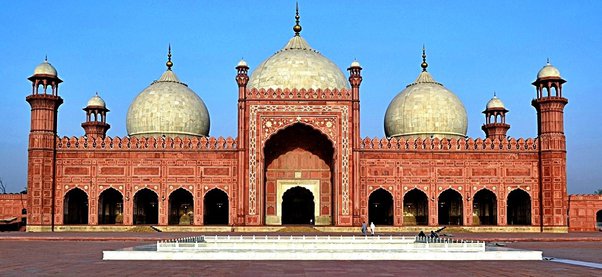Located in the heart of Lahore, Pakistan, the Badshahi Mosque is a breathtaking example of Mughal architectural excellence. Built in 1673 by Emperor Aurangzeb, this majestic mosque is one of the largest in the world, capable of accommodating up to 55,000 worshippers.
Its striking design features four 176-foot-tall minarets, three large domes, and intricate marble and sandstone carvings. The mosque’s grandeur and beauty have made it a UNESCO World Heritage Site since 1981.
Badshahi Mosque: A Testament to Mughal Grandeur
The Badshahi Mosque is a blend of Islamic, Persian, and Indian architectural styles, featuring:
– Four 176-foot-tall minarets, each topped with a marble canopy
– Three large domes, with the central dome being the largest
– Intricate marble and sandstone carvings, including ornate calligraphy and geometric patterns
– A vast courtyard, capable of accommodating up to 55,000 worshippers.

The mosque has played a significant role in Pakistan’s history, serving as a:
– Place of worship for centuries
– Symbol of Mughal power and grandeur
– Inspiration for later architectural styles
– UNESCO World Heritage Site since 1981
Today, the Badshahi Mosque is a popular tourist destination, attracting millions of visitors each year. Its beauty, history, and cultural significance make it a must-visit destination for anyone interested in exploring Pakistan’s rich heritage.

